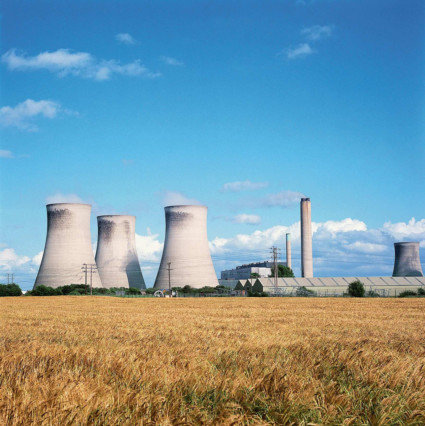
On June 19, 2015, Russia and Saudi Arabia signed an agreement to cooperate on nuclear energy development, with Saudi-owned Al Arabiya TV announcing that Russia would play a significant role in the kingdom’s plan to build 16 nuclear reactors by 2032. In March, there was an agreement with South Korea to conduct a preliminary study to review the feasibility of constructing a new Korean reactor design called the Smart — which has never been built anywhere — in Saudi Arabia.
Although Saudi Arabia has officially expressed interest in acquiring nuclear power since 2006, it is clear that this effort has gained momentum in the last few months, since the progress of negotiations between P5+1 (United States, Britain, France, Russia, China plus Germany) and Iran over the latter’s nuclear programme. Though some may find it understandable on strategic grounds, it is important to realise that nuclear power fares poorly if compared economically with fast-growing renewable technologies, especially solar photovoltaic energy.
Currently fossil fuel, oil and natural gas-based electricity generation constitutes essentially all of Saudi Arabia’s power production capacity. But it is desirable to develop alternative sources of electricity and both nuclear power and renewables have been held out as possibilities.
Nuclear reactors and renewables share one common feature: They are both highly capital-intensive forms of generating electricity and they have relatively lower costs associated with fuelling (zero in the case of renewables). Lengthy construction time, on the other hand, is a particular problem for nuclear reactors. Nuclear reactors not only take long periods to construct, but are also prone to major construction delays and huge cost overruns. This is true in many countries, including industrialised economies with substantial nuclear capacity such as the US and France. Even without delays, establishing a nuclear power programme from scratch can take a minimum of 10 years. The UAE, for instance, started its programme in 2008 and expects to connect its first reactor to the grid in 2018. In comparison, solar projects typically have a one to two-year construction period.
If Saudi Arabia, for example, decides to build a nuclear reactor today, it will likely take a minimum of 10 years for it to start generating electricity. Therefore, any cost comparison must be based on what solar power may cost in 2025 rather than today’s costs. This time period is significant and if the dramatic decline in the cost of solar photovoltaic panels over the past decade (more than 75 per cent since 2009) continues till the end of this decade, the cost of generating nuclear power will exceed that of photovoltaic energy. There are good reasons to expect solar power costs to decline further in a similar fashion, including the relative lack of maturity of underlying technologies.
Even without such declines, there is evidence that renewable energy is already more economical than nuclear power. According to a recent study by the International Renewable Energy Agency and Masdar Institute of Science and Technology, solar PV has been cost-competitive in the UAE since 2014. Recent deals within the UAE have broken world records of solar PV electricity prices. On the other hand, cost of nuclear power has actually risen. At the Vogtle nuclear reactors under construction in the US state of Georgia, estimated capital costs that were initially about $13.4 billion (Dh49.28 billion) are now more than $16.4 billion.
Investors are well-aware of the potential solar technologies could offer. Between 2000 and 2013, annual worldwide investments in nuclear power averaged to $8 billion as compared to $153 billion/year on renewables according to the International Energy Agency. Global investments in renewables reached $310 billion in 2014, up by 16 per cent compared to 2013, and were higher than investments in fossil fuels for the first time. The share of solar technologies was about 50 per cent of the total investment in renewables with an aggressive increase projected over the next decade.
Saudi Arabia is a natural location for investing in solar energy. It has one of the highest Direct Normal Irradiation resources in the world.
Likewise, wind energy too has significant potential in Saudi Arabia. Moreover, there is much greater scope with renewable energy for Saudi Arabia to ensure a higher degree of localisation and create a base of highly skilled workforce. Such localisation is certainly more difficult, if not impossible, to achieve with nuclear power.
Therefore, there is little doubt that nuclear power will not be able to compete economically with solar photovoltaic and wind energy. Much of the world has taken note of the technological progress and investment prospects of renewable resources. Saudi Arabia, with its obvious potential for solar and wind power, should stop focusing on the wrong energy technology.
Ali Ahmad is with Princeton University’s Program on Science and Global Security. His work covers informing nuclear diplomacy, energy economics and policy in the Middle East. M.V. Ramana is with Princeton University’s Programme on Science and Global Security. He works on the future of nuclear energy around the world, in the twin contexts of disarmament and climate change, and is the author of The Power of Promise: Examining Nuclear Energy in India (Penguin Books, 2012).








